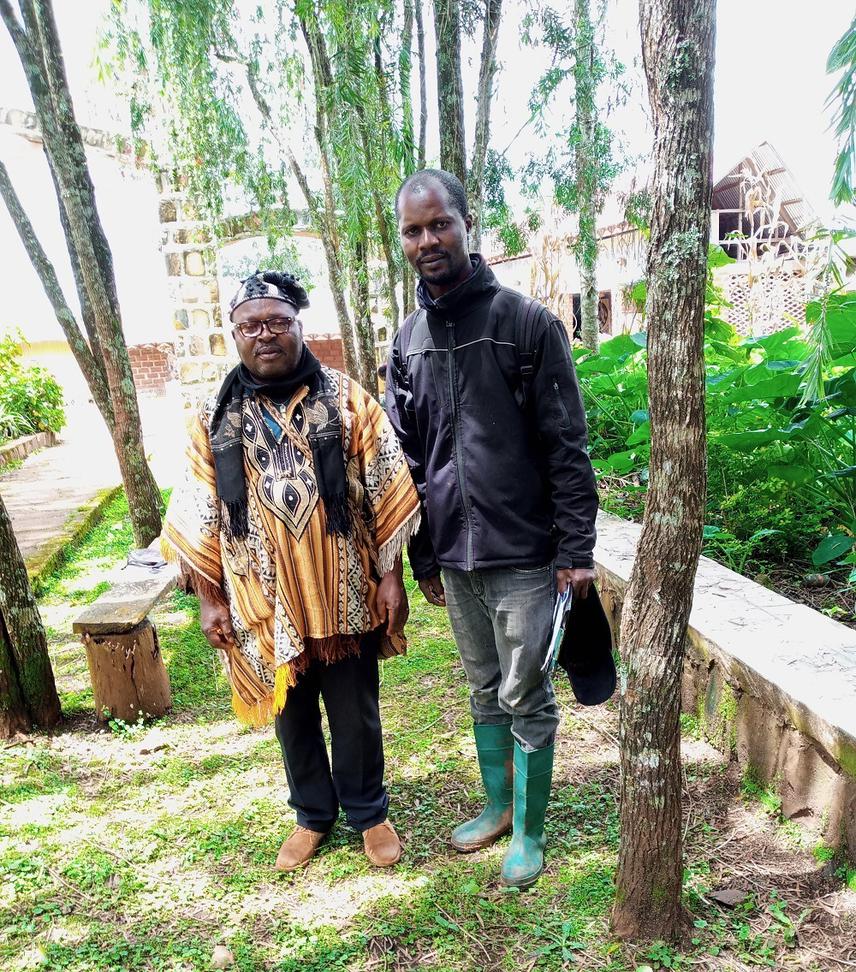Articles featuring the project.
Hubert Mounmemi Kpoumie
Other projects
8 Jul 2025
Conservation Concerns of Sacred Forests in the Face of Sociocultural Changes in the Bamoun Kingdom, Njimon Subdivision, Cameroon
The sacred forests of Cameroon constitute reserves of rare, threatened, and endemic plant and animal species. While they are of great cultural importance for local communities and under high pressure due to socio-economic and demographic factors, little work has been done on these ecosystems. The remaining patches and islands of vegetation need urgent protection to conserve these sensitive ecosystems and the plant and animal species that live there. However, in order to manage these sacred forests sustainably, it is urgent to develop strategies that reconcile local cultural practices with biodiversity conservation. The project will be carried out in two sacred forests located in the localities of Batoufam and Bandrefam. These localities are located in the Bayangam subdivision, Nkoun-Ki department, Western Region of Cameroon.

Preliminary visit to the field to Batoufam Palace. © Forbi Preasious Funwi
This project aims to strengthen the socio-economic resilience and cultural identity of the community of these forests through the improvement of their conservation and valorization. For population survey, semi-structured interviews will be conducted with administrative and traditional authorities. The questionnaire will focus on the origin of the sacred forest, the relationship people have with it, the rules of access and prohibitions, and the activities around and within the forest. For ethnobotanical survey of medicinal plants, the survey will be based on a selection of herbalists for their ability to treat diseases and/or associated symptoms with plants parts. In addition, elderly people who can provide useful and original information on the use of medicinal plants will be surveyed. In this study, floristic data will be collected in 25 m x 25 m plots.
At the end of this project, several concrete results will be obtained. The flora of the different sacred forests will be documented and made available. As indicators we will have: the list of inventoried species, threatened and endemic species. The documentation of best practices based on indigenous knowledge and local know-how will be promoted within the project's beneficiary communities. The sacred forest conservation strategy document will be developed based on information collected during the training and awareness raising workshop on indigenous best conservation practices.